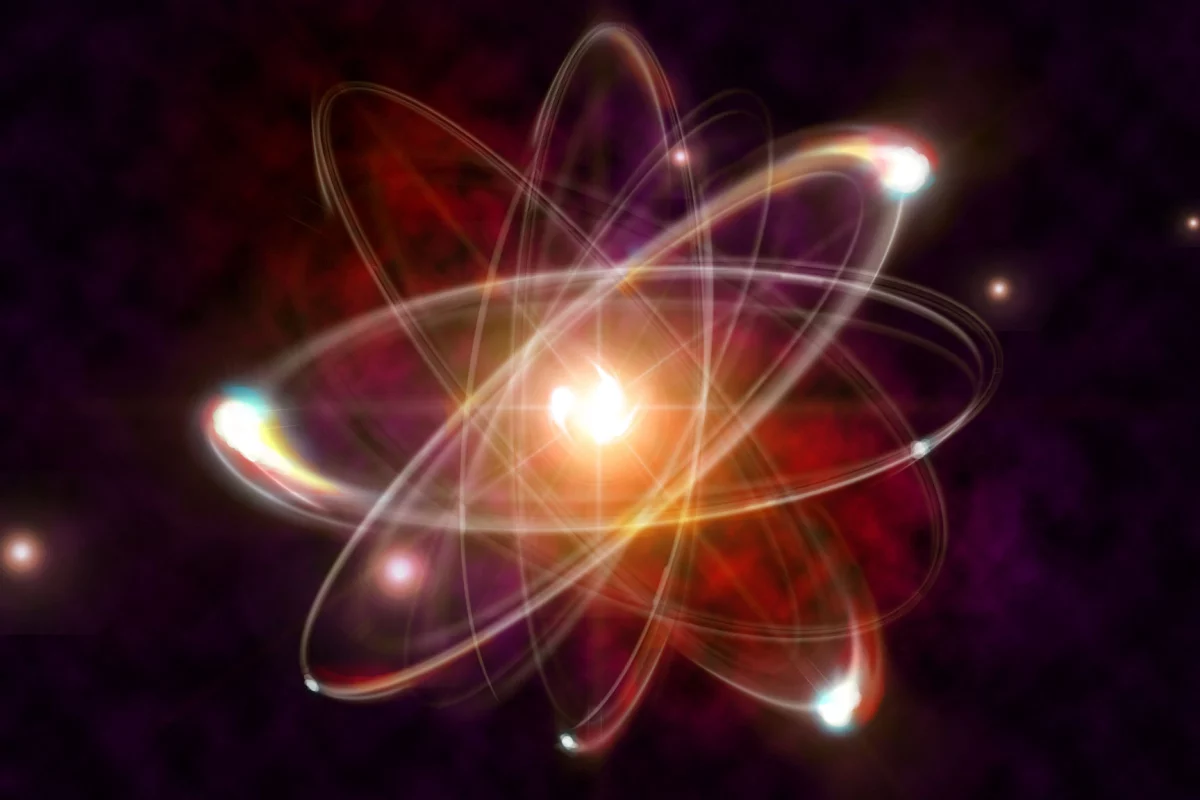
The US Department of Defense has announced that its Strategic Capabilities Office will go ahead with its plan to build and demonstrate a small nuclear reactor capable of being moved, and delivering between 1-5 megawatts of power for a minimum of three years.
This "Project Pele" microreactor, to be assembled and initially operated at the Idaho National Laboratory, will be the first American-built "Generation IV" nuclear reactor to generate electricity.
There are multiple goals here: the US military uses a prodigious amount of energy wherever it goes, so mobile reactors like this will certainly have strategic value in the field. But energy security is also a fundamental national security issue, and the DoD has a number of programs designed to accelerate commercial technology developments that it deems important for the future of the country.
Advanced nuclear certainly appears to fit the bill. “Advanced nuclear power has the potential to be a strategic game-changer for the United States, both for the DoD and for the commercial sector," said Project Pele program manager Dr. Jeff Waksman, in a press release. "For it to be adopted, it must first be successfully demonstrated under real world operating conditions.”
As for whose design will be built, that decision has not yet been made. Out of three applicants chosen in 2020 to go into a two-year design phase, the project team has determined that two have put forward a design they're confident will meet the requirements: BWXT Advanced Technologies in Virginia and X-Energy in Maryland.
Both these companies are developing high-temperature, gas-cooled microreactors using high-assay, low enriched uranium TRISO particle fuel, which is significantly more robust, temperature-resistant and generally roadworthy than conventional nuclear fuel rods. Both are designed to be easily moved by road, rail or aircraft. The winning company will be announced later this spring (Northern Hemisphere).